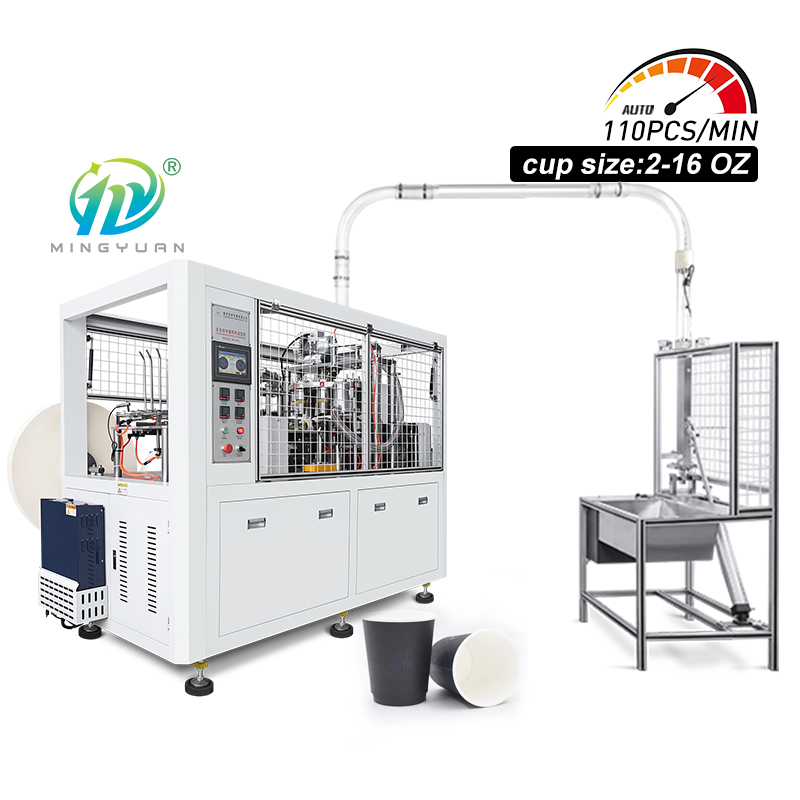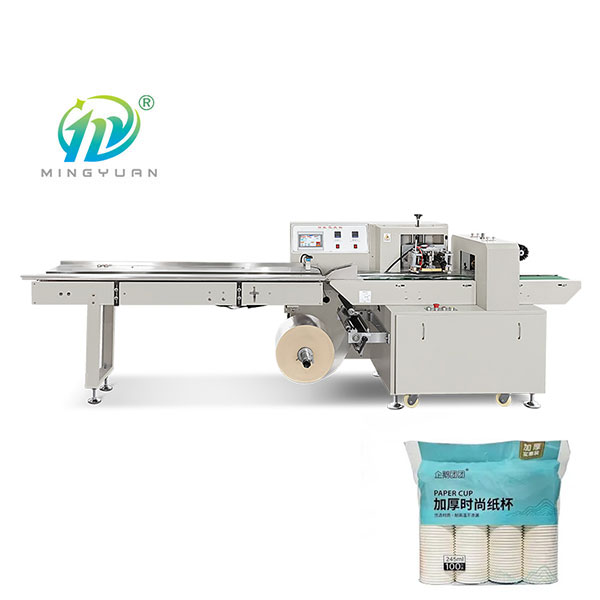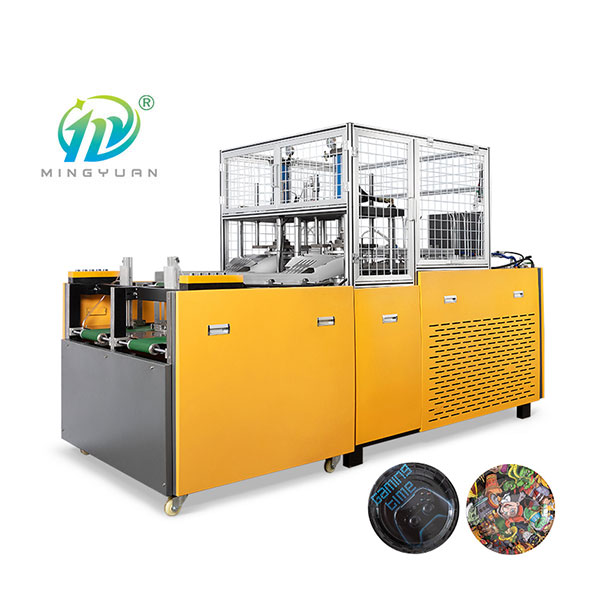When it comes to choosing a manufacturing method for plastic caps, two main technologies dominate: Thermoforming and Injection Molding. Each has its own advantages and disadvantages and is suitable for different production needs.
If you are evaluating the best method for your business - whether you need high-speed production, cost-effectiveness or material flexibility - this comparison will help you make a decision.
I. Understanding Thermoforming and Injection Molding
What is Thermoforming?
Thermoforming is a manufacturing process where a sheet of plastic is heated until it is pliable and then formed into a specific shape using a mold. After cooling, the excess material is trimmed away, leaving behind a finished product - in this case, a plastic cap.
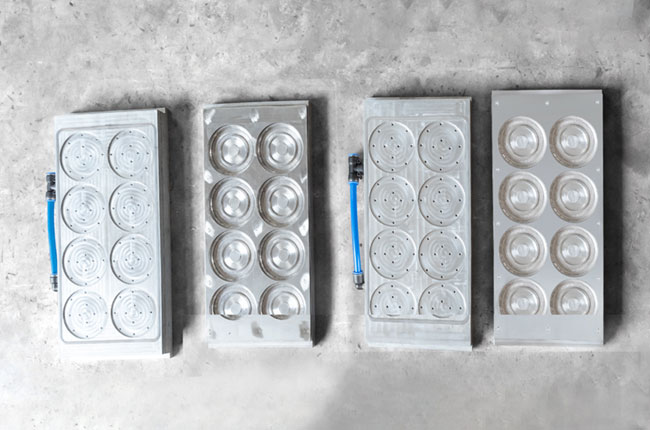
Key Features:
Lower tooling costs (lower tooling costs than injection molding)
Faster setup times (ideal for short to medium run production)
Material diversity (suitable for PS, PET, PP and biodegradable plastics)
Energy savings (lower power consumption compared to injection molding)
Plastic lid thermoforming machine Particularly suitable for producing thin, lightweight lids, such as those for coffee cups, yogurt containers and disposable food packaging.
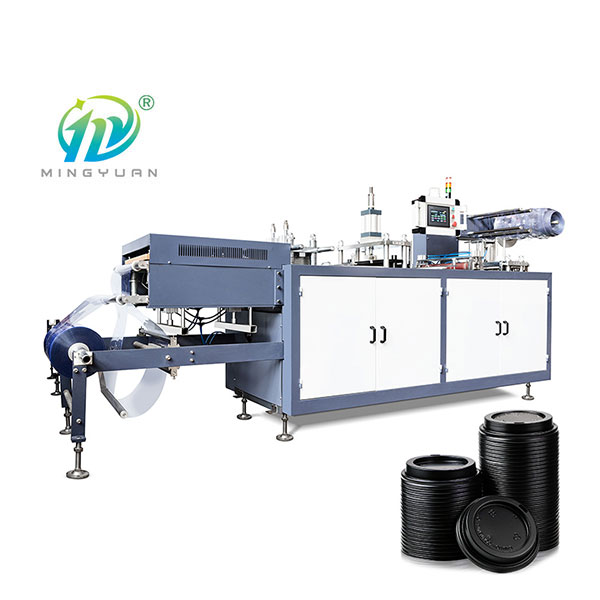
What is injection molding?
Injection molding involves melting plastic granules and injecting the molten material into a high-pressure mold. After cooling, the mold opens and the finished part is ejected.
Key Features:
High precision (allows tight tolerances and complex geometries)
Batch production efficiency (short cycle times for large batches)
Durability (thicker, stronger parts compared to thermoforming)
Minimal post-processing (no trimming required)\
However, injection molding has high upfront costs and low flexibility for small batch production due to expensive molds and machines.
II. The main differences between thermoforming and injection molding of plastic caps
| Factors | Thermoforming | Injection molding |
| Mold cost | Lower (affordable molds) | Higher (expensive steel molds) |
| Production speed | Fast for medium production | Extremely fast for large production |
| Material waste | Higher (trimming excess) | Minimum (precision injection) |
| Part thickness | Best for thin caps (0.1-3 mm) | Best for thick caps (1-5 mm and above) |
| Flexibility | Easier to change molds and materials | Less flexibility (special molds) |
| Energy consumption | Lower | Higher (due to high pressure melting) |
III.. When should I choose a thermoforming machine for plastic caps?
Plastic lid thermoformer is the best choice if:
You need cost-effective production(lower initial investment)
Your lid design changes frequently(cheaper, faster mold adjustments)
You prioritize energy efficiency(lower power consumption)
You use thin, lightweight lids(e.g., disposable food packaging)
Industries that benefit most from thermoforming:
Food and beverage (cup lids, container lids)
Dairy and yogurt packaging
Takeaway and fast food
Eco-friendly packaging (biodegradable PLA lids)
IV. When is injection molding a better choice?
Injection molding is more suitable for the following situations:
Your production volume is very large (millions of units)
Your lids require complex, high-precision designs
Durability is critical (e.g., reusable lids)
You can justify high upfront mold costs
V. Conclusion: Which method is best for plastic lid production?
For most disposable plastic lids, Plastic lid thermoformer offers the best balance between affordability, speed, and flexibility.For very large volumes or heavy caps, injection molding may make sense despite the higher cost.
If you are looking for an efficient thermoforming solution, our Mingyuan plastic cap thermoforming machine is reliable, low energy, and offers customizable production options.




